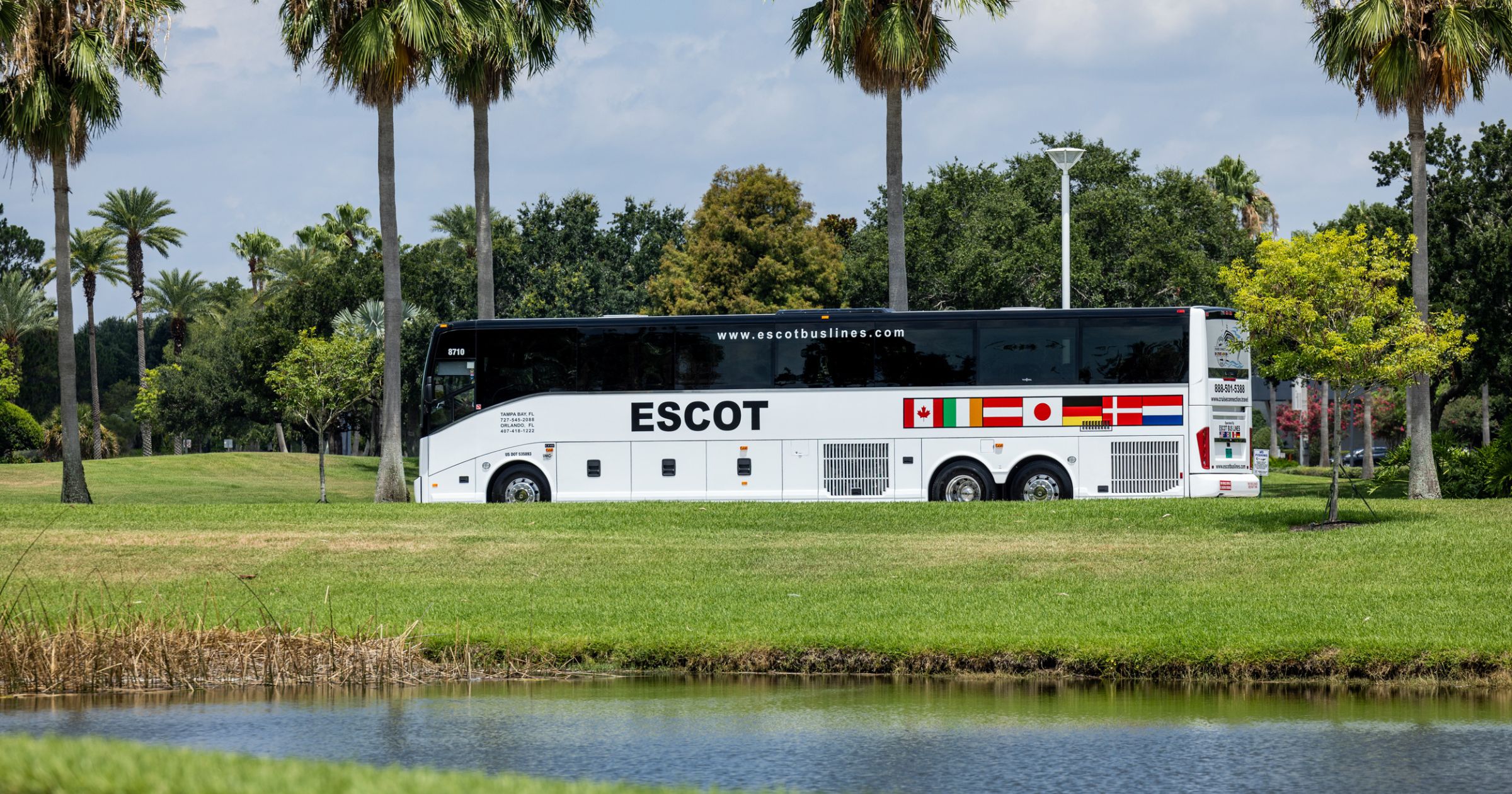When leading a student educational trip, one of the first decisions that must be made is the size of the group. There are pros and cons to managing a handful of students versus 100, but it may come down to finances, space availability, and the educator’s comfort in working with small or large groups.
A blog written by Prometour highlighted four positive aspects of working with small groups that included (1) group cohesiveness (2) smaller footprint (3) flexibility and (4) improved logistics. A small group (10 people or less) provides opportunities for trip participants to interact with everyone on the journey. In some cases, the individuals are already acquaintances, and the tour creates occasions for those relationships to be strengthened. If the group is comprised of people who are unfamiliar with all in the group, the intimate size is the perfect environment to make new connections and build group cohesiveness.
A smaller group means a smaller footprint, giving the leader and/or tour operator an opportunity to choose boutique hotels, smaller restaurants, and minibuses to transport the group. There are plenty of unique accommodations out there that cannot handle large groups, meaning the smaller trips open more opportunities.
Another benefit of traveling with a small group is the chance to eat in a variety of restaurants. Restaurants are limited in how many people they can seat and/or serve at one time, but you might not even need a reservation to accommodate 10 or less people. The usage of small buses or vans also increases where you can travel. In small villages in foreign countries, the roads are often narrow and cannot accommodate large tour buses, so a small bus would be a perfect transportation option to those destinations. Finally, fewer people means less of a footprint in terms of waste, energy used and pollution.
A third benefit of traveling with a small group is the flexibility that it offers. Plans can be much more easily adapted on the fly, if ever needed. While traveling, whether you learn about a festival or special event taking place nearby, your group is enjoying a certain activity and wants to stay longer, or a special opportunity pops up, you can alter plans and do it. Flexibility is a big asset of traveling with small groups.
Finally, there’s improved logistics. It takes a long time to move a large group of people. The educator must allot extra time to load and unload buses, eat at restaurants, and move from one destination to another. A group of 10 or less allows more time to cover ground and do other things.
On the other hand, the Prometour blog highlighted three positive aspects of working with large groups that included (1) price (2) ability to “gift” a tour, and (3) large pool of travelers. The biggest advantage of leading a large group is the price. Tour companies can negotiate cheaper prices with airfares, hotels, museums, restaurants, and bus companies because of the substantial number of travelers. As a result, the amount that each traveler will have to pay for the tour will be lower.
Another benefit of a large group is the opportunity to sponsor participants. Often, a tour company will provide the chaperone a free trip and the chaperone could in turn “gift” that to a student who is unable to afford the trip. The educator could also choose to spread the cost among the tour participants, so that one or two students who cannot afford to go could get a scholarship for the trip.
As an educator who has led both small groups and large groups, I find the positives in both. I love the intimacy of a small group and getting to know each of my participants. The bonding that occurs among the students and between the students and chaperones is special. However, I have also seen small groups form cliques and leave out participants. This provides a challenge to the chaperone to build cohesiveness. Still, my favorite thing about small group travel is the flexibility and knowing that I can adapt our travel plans if I need to or want to.
On the other hand, I enjoy traveling with large groups. Each time I led a group of 40 students, I only knew one or two people at the start—by the time I arrived home, I had 40 new friends. Not only did I learn about the destination we visited, but I gained knowledge about my fellow traveler’s schools and states. I knew that I may never cross paths with these people again, but I had formed friendships and would always remember our shared experiences.
Of course, the most negative aspect of leading a large group is engaging everyone, resolving conflicts that occurred between tour participants, and “herding the cattle” from one place to another. To me, the positive aspects of large group travel outweigh the negatives and I highly recommend leading a large group.
So how do you decide the group size? It is an important thing to consider when planning student trips and there is no right or wrong answer. The decision depends on your priorities, preference and how you want to travel. Do not wait: Plan a trip, choose a group size, and Adventure On!
Written by Julie Beck for the March 2024 issue of Teach & Travel.





